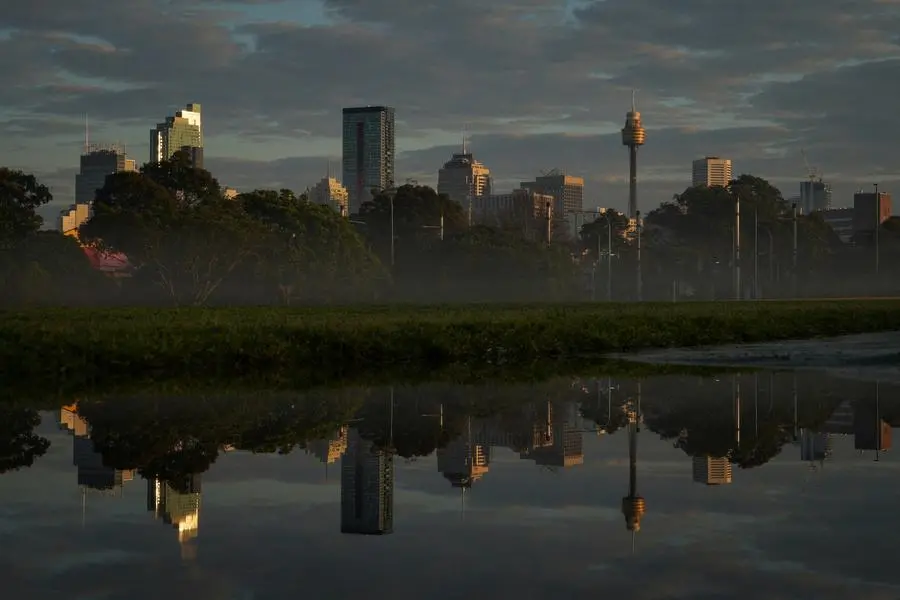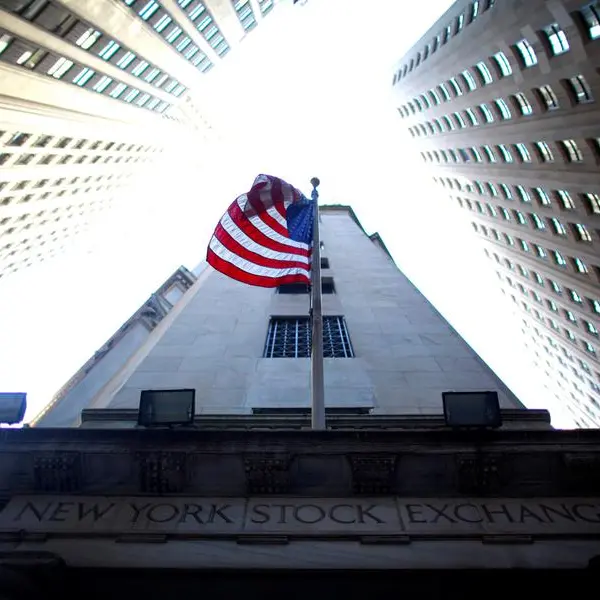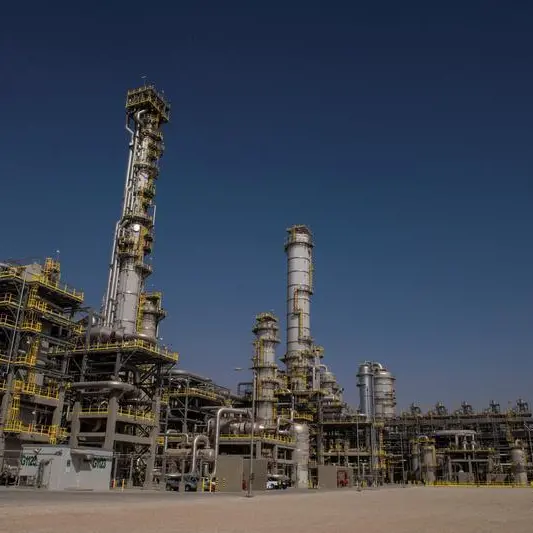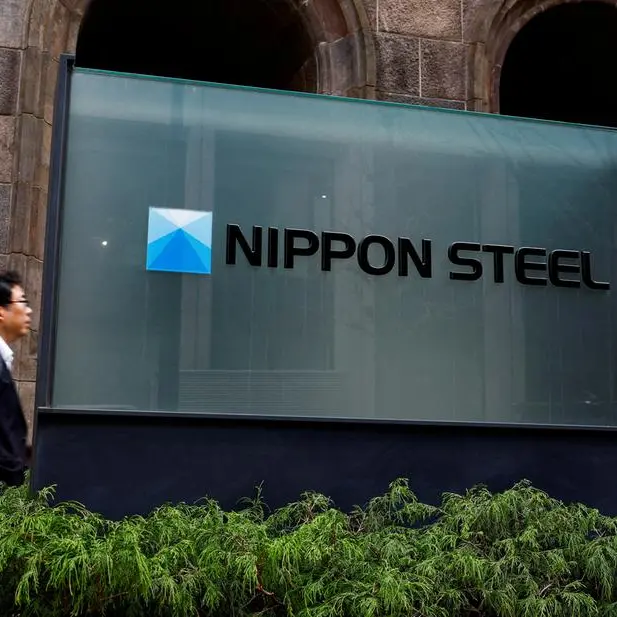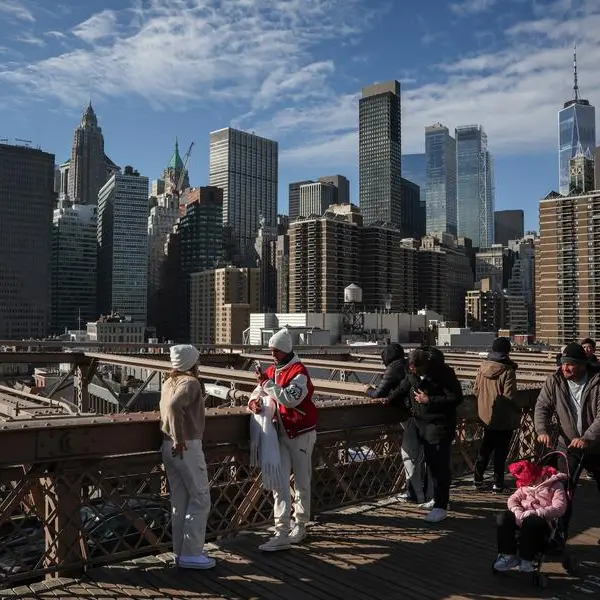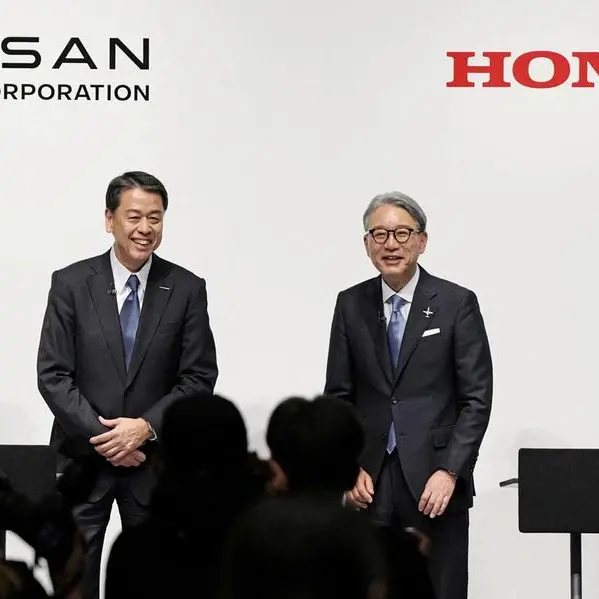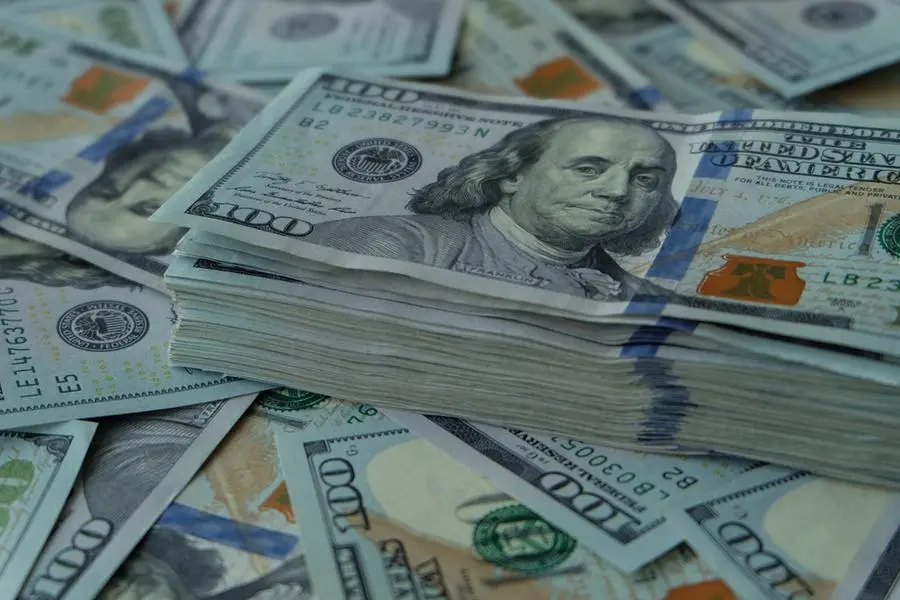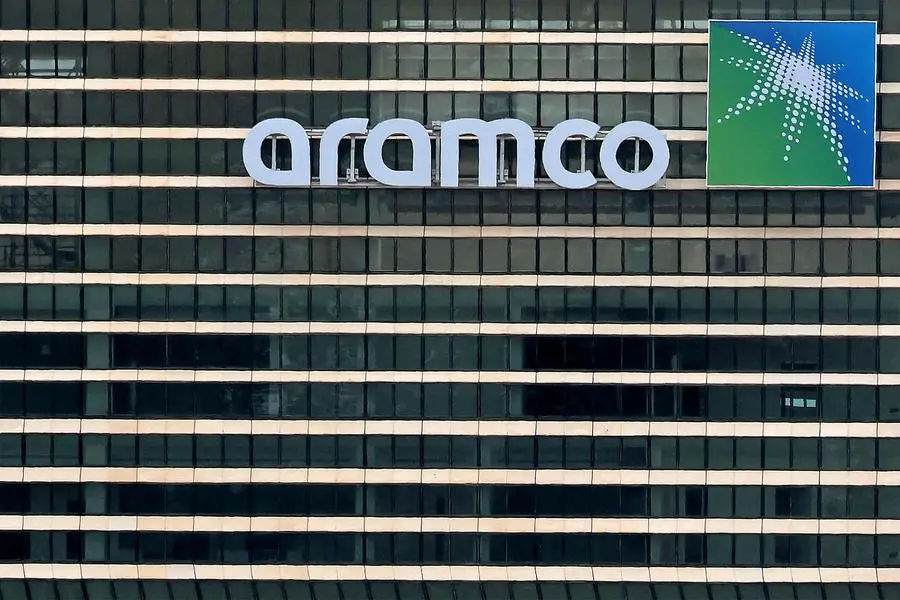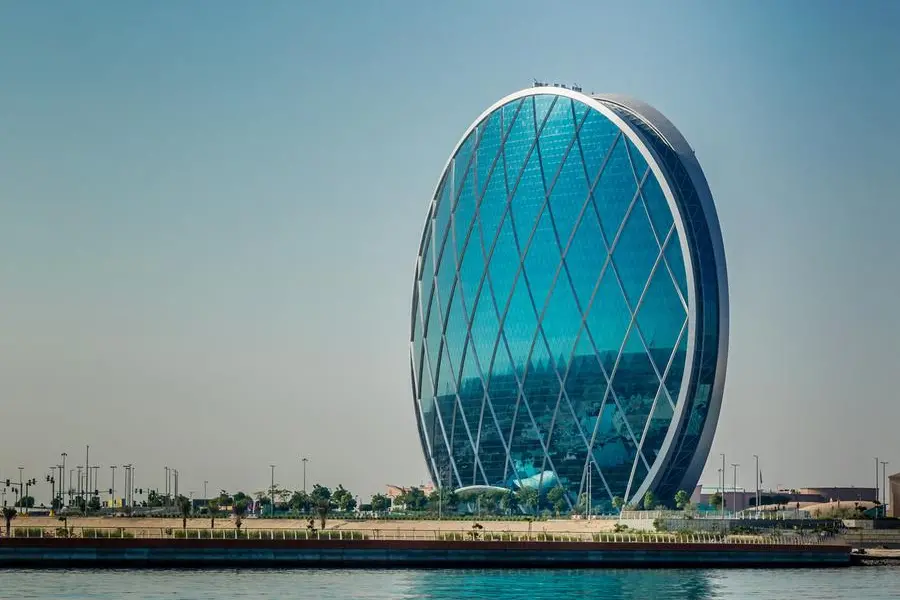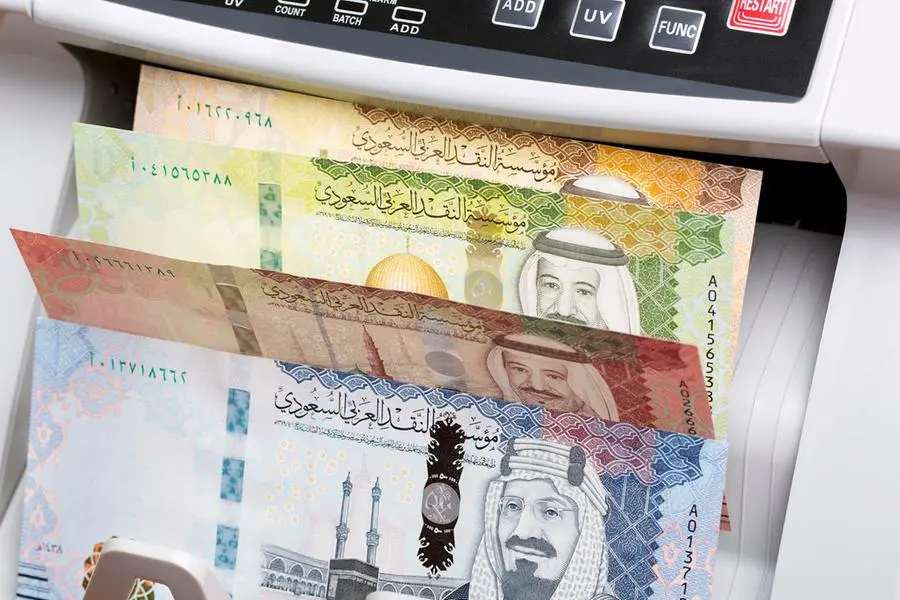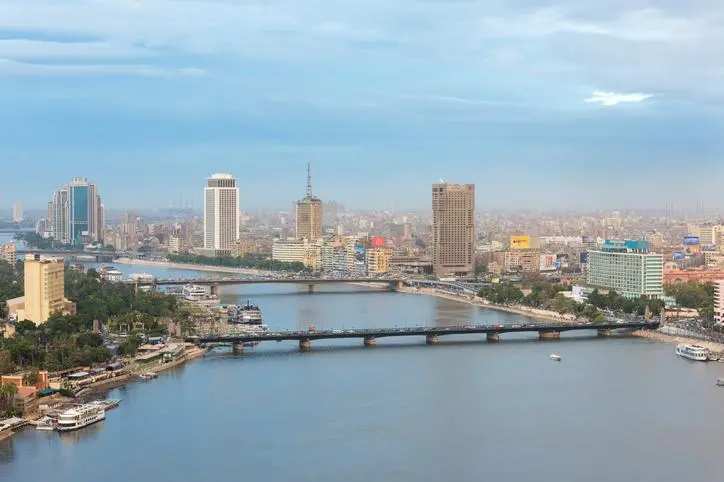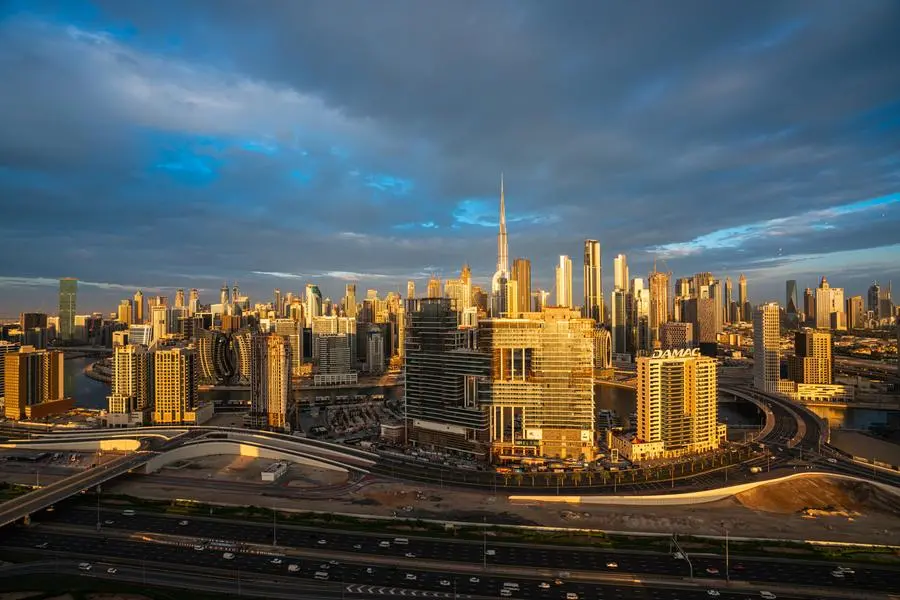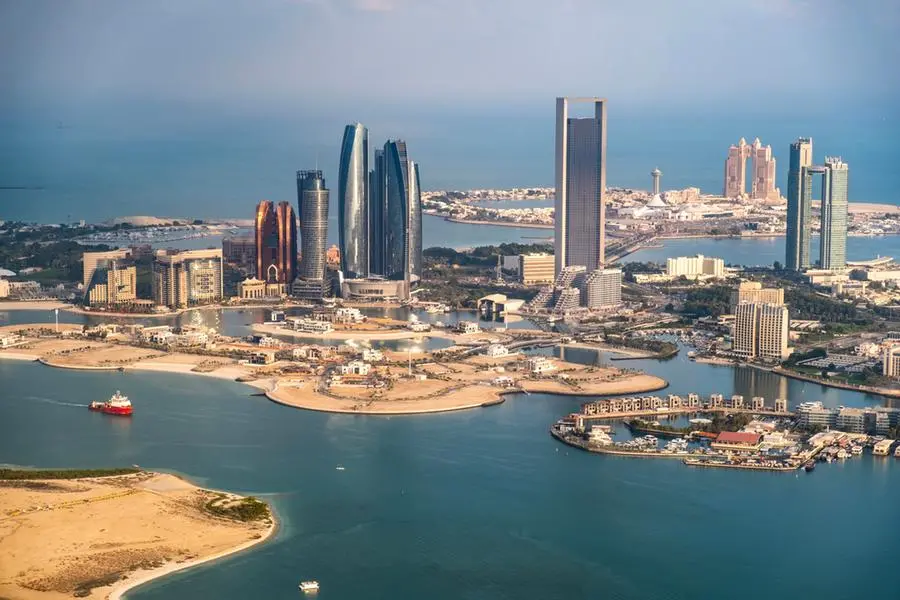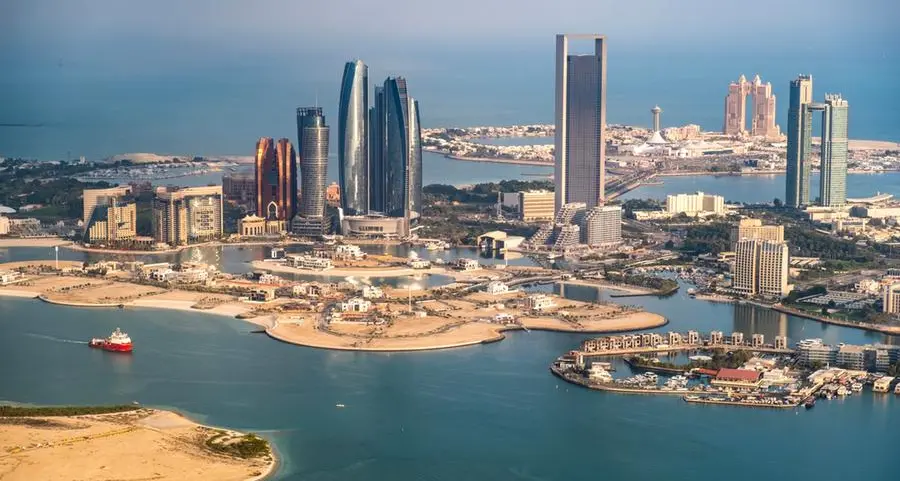PHOTO
CANBERRA - A plan by Australia's federal opposition that would slow the roll-out of renewable power and build a network of nuclear reactors has set the scene for a divisive confrontation on climate policy ahead of an election expected next year.
The opposition policy, unveiled last month, would replace the current government's emphasis on accelerating construction of solar, wind and batteries with one that envisages a greater role for fossil fuels while seven state-owned nuclear plants are built.
Energy analysts say this would lead to significantly higher emissions for at least two decades before significant nuclear power could come onto the grid - a claim the opposition rejects.
The governing Labor Party says the idea threatens investment in wind and solar and is a costly, environmentally damaging fantasy for a vast, sparsely populated and sunny country whose laws currently prohibit nuclear generation.
"It is a ploy to keep coal running longer, at a massive cost to reliability and emissions," energy minister Chris Bowen said last week. "It is a betrayal of those Australians who have suffered from bushfires, floods and cyclones in the critical decade for climate action."
The opposition Coalition of Liberal and National Parties is betting on anger among people who do not want wind or solar farms near their land or coastline and polls that show around half of Australians support nuclear power.
Labor is under pressure amid a cost of living crisis, and the Coalition promises its nuclear plan will achieve net-zero by 2050 more cheaply and safely than Labor can. Many analysts say that is unlikely even with Australia being a major producer of uranium needed for fuel, given the huge cost of nuclear plants.
Weakening Australia's momentum towards renewables appears to be a key goal of the nuclear policy, according to some political and energy analysts.
While supported in some areas, the plan is not popular enough in marginal seats to sweep the Coalition to power, said Kos Samaras at political consultants RedBridge.
But it offers a clear alternative that could easily gain support if the renewables rollout does not go smoothly, he said.
"If Labor doesn't get it right, that's when the coalition walks right in."
CLIMATE WARS
The widening policy divide between Labor and the opposition has echoes of the so-called climate wars of the 2010s, when scepticism of climate change fuelled by some Coalition politicians became a key election issue.
Labor sought to end that era since coming to power in 2022, positioning Australia as a climate leader and bidding to host the COP international climate conference in 2026.
By 2030, Labor aims to have 82% of Australia's power coming from renewables - up from around 40% now - and to reduce emissions by 43% from 2005 levels. Longer term, it envisions a mostly renewable system anchored by batteries and flexible gas generation.
The Coalition says it still wants net zero emissions by 2050 but would target a lower share of renewables in the grid, without yet saying what level that would be.
Opposition energy spokesman Ted O'Brien told Reuters Labor was alienating local communities and failing to meet its renewables targets while limiting generation from coal and gas that will be needed to anchor power supply.
"The problem to solve is not to get the maximum amount of renewables on the grid but to reduce emissions, keep prices low and the lights on," he said.
He said Labor would sooner or later have to resort to non-renewable generation to keep the grid functioning. "There is no credible pathway to net zero without some nuclear energy in the mix," he added.
NUCLEAR OPTION
Many countries are using nuclear power, with India, South Korea, and Britain among those building new reactors. But energy analysts said high construction costs, plus Australia's lack of nuclear expertise and abundant land and sunshine, make nuclear a less logical choice here.
Seven nuclear plants would only supply around 15-20% of Australia's energy in 2050 - if they can be built on time or at all, said Tony Wood, an energy analyst at the Grattan Institute think tank.
More wind and solar will inevitably be built, analysts said. The Australian energy market operator expects all the aging coal plants that now provide most of the country's power to close in the next 15 years. States and private companies have their own emissions targets, which they would likely keep.
Renewables are also the cheapest form of generation, encouraging investment, said David Dixon at consultants Rystad Energy.
The threat of major, interventionist policy changes that could pit renewables against taxpayer-funded nuclear plants now looms over the industry, renewables firms and investors said.
While none were currently reconsidering investments, there were concerns the federal government could limit offshore wind or abandon a federal scheme that guarantees minimum revenue for solar, wind and battery facilities and aims to triple the amount of renewable capacity committed to between 2024 and 2027.
O'Brien did not say whether the Coalition would scrap the investment scheme but said its current design would not provide energy security without more gas-powered power plants.
He did not say whether he would block offshore wind but said Labor should stop pushing for an offshore wind zone north of Sydney and "start a proper community engagement process."
The opposition's rhetoric under leader Peter Dutton echoes that of a previous Coalition leader, Tony Abbott, who won election in 2013 with a pledge to abolish a carbon tax, said Wood.
"Climate was the weapon Abbott chose," he said. "It was incredibly effective. Dutton's going to try it again."
(Reporting by Peter Hobson; Editing by Lincoln Feast)
